There is a lot to see and do in Malta, from the historic remains of Mdina to the pristine waters of the Blue Grotto. Malta offers something for everyone, whether you’re interested in history, culture, or simply soaking up the sun. We traveled to Malta in August 2019 and have gathered all the details you need to make the most of your trip to this island.
In this travel guide, we’ll discuss the top attractions, activities, and accommodations in Malta as well as some travel advice for maximizing your time there. So let’s go exploring!
Visit the Ancient city of Mdina
We are starting with the location where sequences from one of the most well-known shows were shot.
The historic Maltese city of Mdina served as the backdrop for scenes from the hit TV series Game of Thrones. King’s Landing, the seat of the Seven Kingdoms, was portrayed in the program by Mdina.
The marriage of Sansa Stark and Tyrion Lannister, the fight between Brienne of Tarth and the Hound, and the series’ concluding sequence, in which Bran Stark is anointed king were all filmed in Mdina.
Mdina has been used in several other movies and TV episodes in addition to Game of Thrones, such as the BBC series The Tudors and the movie Gladiator. It is a popular setting for film and television productions because of its fascinating history and beautiful architecture.
The historic walled city of Mdina is situated on a mountaintop near the island’s geographic center. Mdina is a must-visit for history fans and photographers alike because of its winding lanes, elaborate buildings, and breathtaking vistas.
The Mdina Dungeons, a network of subterranean tunnels and chambers that served as a jail in medieval times, are one of the city’s top attractions. The dungeons can be toured by those who are interested in learning more about the city’s past.
The Mdina Cathedral, which dates back to the 12th century and is renowned for its elaborate Baroque architecture, the Mdina Clock Tower, which was built in the 16th century and serves as the city’s emblem, and the Mdina Gateway, a fortified archway that once served as the city’s main entrance are some additional noteworthy landmarks in Mdina.
In addition to its historical and cultural landmarks, Mdina is a fantastic location for outdoor recreation. There are many parks and gardens to visit, and the city’s walls provide sweeping views of the countryside.
Explore the Megalithic Temples
The Megalithic Temples of Malta are a collection of prehistoric temples that rank among the world’s oldest free-standing constructions. The temples, which may be seen in Malta and Gozo, are thought to have been constructed approximately 2500 BC.
Malta is home to a number of megalithic temples, notably the Temple of Mnajdra on Malta and the Temple of Ggantija on Gozo. Large stone blocks were used to construct the temples, and they were put together without the use of cement. The buildings, some of which include beautiful carvings and artwork, are believed to have been utilized for religious and ceremonial reasons.
The inventiveness and tenacity of the early Maltese people are demonstrated by the Megalithic Temples of Malta. They have been recognized as a UNESCO World History Site and play a significant role in the island’s cultural heritage.
Relax on the beaches
It goes without saying that, especially in the sweltering summer, seeing an island would entail more than just sightseeing. Malta is home to a variety of stunning beaches, from rocky cliffs to sandy bays. Here are a couple of Malta’s top beaches:
Golden Bay: Golden Bay, on Malta’s northwest coast, is a well-liked spot for swimming, tanning, and water sports. The beach is bordered by hotels and restaurants and offers excellent, golden sand and crystal-clear water.
Mellieha Bay: On Malta’s northwest coast, Mellieha Bay is another well-liked beach. It is a popular destination for families because to its long, sandy coastline and shallow, clean water. A beach club and many pubs and restaurants may be found on the beach.
St. Peter’s Pool is a stunning natural swimming place with clear water and rugged cliffs that is situated on Malta’s south coast. Both locals and visitors enjoy the pool, which is an excellent place for swimming, snorkeling, and sunbathing.
Ghajn Tuffieha Bay is a quiet beach with golden sand and sparkling water that is situated on Malta’s northwest coast. The beach is a tranquil and secluded location since it is encircled by cliffs and is only reachable by pathway.
On Malta’s southern coast, there is a group of sea caverns known as the Blue Grotto. The caverns, which are reachable only by boat, are renowned for their magnificent scenery and crystal-clear water. There are several boat companies that give tours of the caverns, and the Blue Grotto is a well-liked location for swimming and snorkeling. You’ll have to go somewhere else if you like a tranquil setting without boats filled with throngs of people arriving and departing and loud music throughout the other months of the year (we managed to stay there for two hours anyway).
Visit the Maltese capital, Valletta
Malta’s main city, Valletta, is situated on the eastern side of the island. It is a thriving city with a fascinating past and a thriving arts community.
The Knights of Malta established Valletta in 1566, giving it their Grand Master Jean Parisot de la Valette’s name. The city, which was built on a rocky peninsula with the sea on one side and a natural harbor on the other, was planned in the shape of a grid. The Baroque style of architecture and historical sites make Valletta a UNESCO World Heritage Site. The Mdina Gate, the Upper Barrakka Gardens, and St. John’s Co-Cathedral, which houses a number of Caravaggio paintings, are a few prominent sites.
Numerous cultural institutions may be found there, such as the National Museum of Fine Arts, the National Museum of Archaeology, and the Manoel Theatre, which presents a range of shows all year long.
There are several galleries, studios, and performance venues in Valletta, making it a center for the arts. The Valletta International Baroque Festival and the Malta International Arts Festival are only a couple of the festivals and events the city hosts throughout the year. It also serves as the home of the Malta Philharmonic Orchestra and the Malta School of Music.
In addition, there is a vibrant restaurant, café, and bar culture there. In addition to a variety of foreign alternatives, the city is also recognized for its Maltese cuisine, which mixes Mediterranean and North African characteristics.
Try Maltese cuisine
Maltese gastronomy emphasizes fish and regional ingredients and combines tastes from the Mediterranean and North Africa. When traveling to Malta, you should sample the following foods and ingredients:
Pastizzi are flaky pastries that are either filled with ricotta cheese or peas. They are a well-liked snack in Malta and are sold in bakeries and street vendors everywhere.
Rabbit stew: A common protein in Maltese cooking. Rabbit is frequently prepared in a stew with vegetables and seasonings. Usually, the stew is served with a side of potatoes or noodles.
Maltese sausage: This form of sausage is produced with pork and a number of seasonings, such as fennel, coriander, and pepper. As a component of a typical Maltese feast, it is frequently grilled and served.
Maltese bread: A circular, crusty bread, traditionally made with semolina flour and cooked in a wood-fired oven, is known as maltese bread. It is a mainstay of Maltese cooking and is frequently served with spreads or dips.
Maltese cheeselets: Made from a mixture of cow’s and goat’s milk, cheeselets are little, soft cheese balls. In Malta, they are a well-liked snack and frequently come on a typical Maltese platter.
Maltese wine: The production of red, white, and sparkling wines is a long-standing tradition in Malta. Maltese wineries like Delicata and Marsovin are well-known.
Take a boat Tour
In Malta, boat cruises are a common pastime and may be a wonderful opportunity to view the island from a different angle. Numerous boat companies provide tours of the island, including sightseeing trips, sunset cruises, and snorkeling excursions.
The ability to view the island’s coastline and travel to some of the more remote regions that are difficult to reach by land is one of the primary benefits of taking a boat trip in Malta. The possibility to witness a variety of aquatic life, including fish, coral, and other sea critters, is another perk of the boat cruises.
The ease and adaptability that boat cruises in Malta provide, are additional benefits. You may select the cruise that best suits your interests and timetable from a wide range of boat companies. Additionally, the boat trips are frequently guided, giving you the chance to discover more about the island’s past and present.
Where to stay
Depending on your interests and budget, Malta offers a range of lodging possibilities. Listed below are a few lodging choices in Malta:
Malta offers a variety of accommodations, including both high-end resorts and low-cost hotels. Many hotels with facilities including pools, restaurants, and fitness centers are situated in well-known tourist destinations like St. Julian’s and Sliema.
There are other guesthouses if you’d want a more affordable choice. They are frequently owned and operated by local families, are generally smaller and more intimate than motels. For those seeking a more genuine Maltese experience, guesthouses are a fantastic choice.
Another option is vacation rentals, such as apartments and villas. They are a popular option for travelers who want more privacy and space. There are a number of vacation rental websites that list properties in Malta, and you can often find good deals on longer stays.
Regarding regions
A well-liked tourist destination on Malta’s northeastern coast is St. Julian’s. It is renowned for its pristine beaches, vibrant nightlife, and an assortment of eateries. If you want to stay somewhere with a vibrant, upbeat ambiance, St. Julian’s is a terrific choice.
On Malta’s east coast, just north of Valletta, is the coastal community of Sliema. It is a well-liked location for both visitors and residents alike due to its reputation for offering food, shopping, and entertainment opportunities. If you’re searching for a more metropolitan and international setting, Sliema is a fantastic choice.
On Malta’s northwest coast lies a town called Mellieha. It is renowned for its expansive sandy beach and laid-back vibe. If you’re searching for a vacation that is more relaxed and welcoming to families, Mellieha is a fantastic option.
Northwest of Malta is the little island of Gozo. It is renowned for its charming towns, stunning beaches, and peaceful environment. If you want to escape the noise and bustle of the main island, Gozo is a terrific spot to stay.
Some tips
- Bring sunscreen; the weather in Malta is sunny, so you should shield your skin from the sun’s rays. To prevent sunburn, remember to bring sunscreen and use it frequently.
- Malta is a small island, but it has a lot of hills and steps, so wear comfortable shoes. To make the most of your journey, put on a pair of comfy walking shoes.
- Try the local cuisine: Maltese cuisine combines flavors from the Mediterranean and North Africa. As we previously noted before, it is worthwhile to try some of the regional delicacies.
- Respect local traditions and customs. When visiting holy locations, you should dress modestly, be aware of your surroundings, and abide by local regulations.


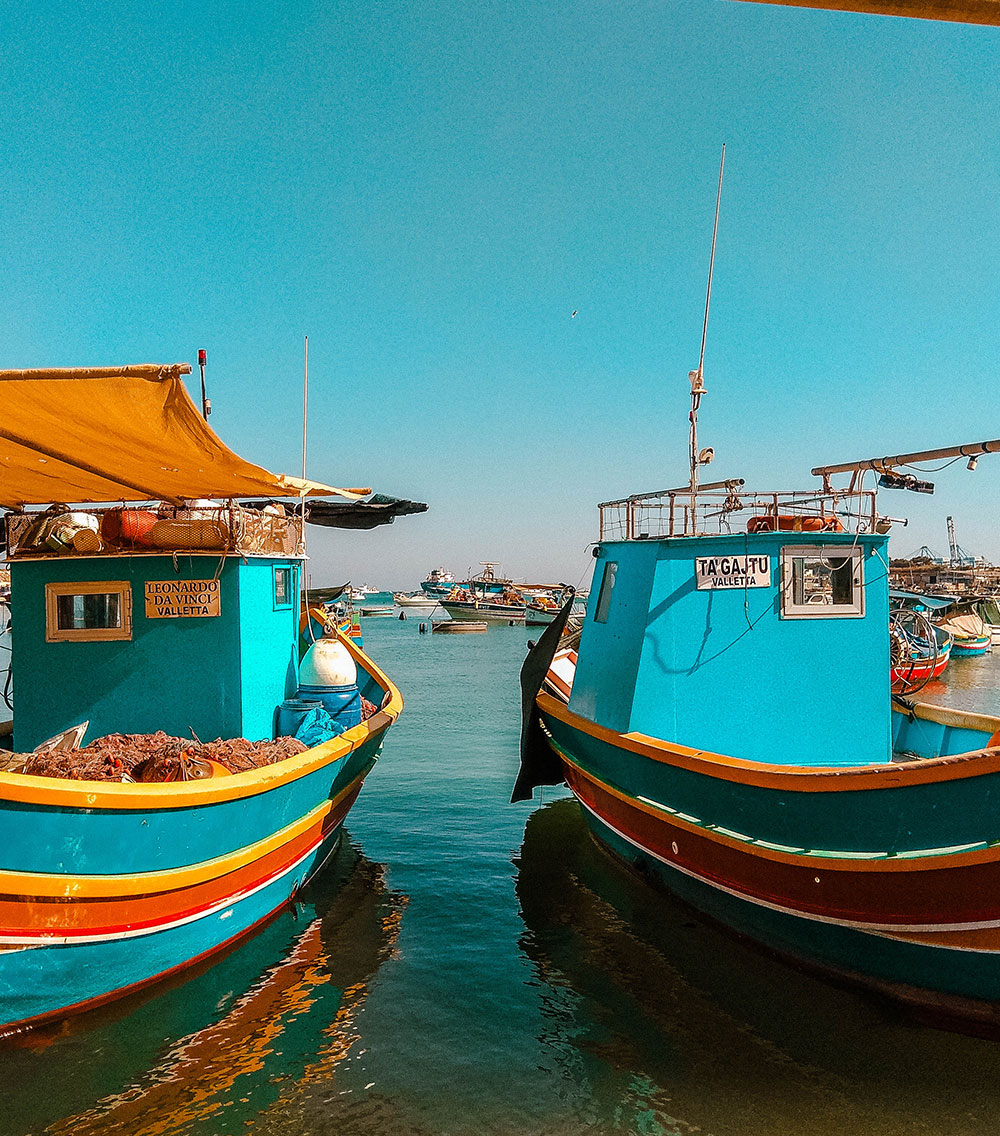
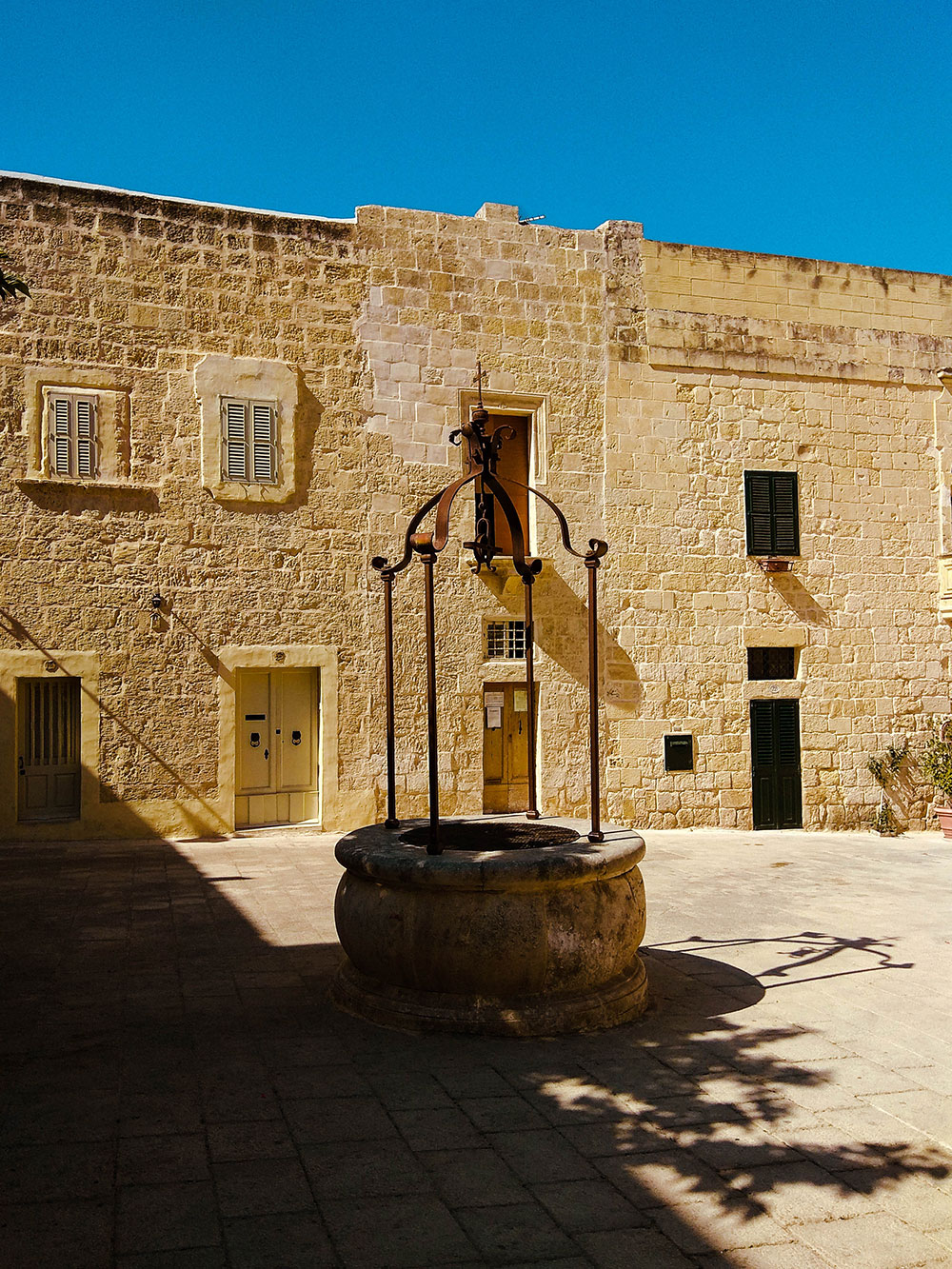
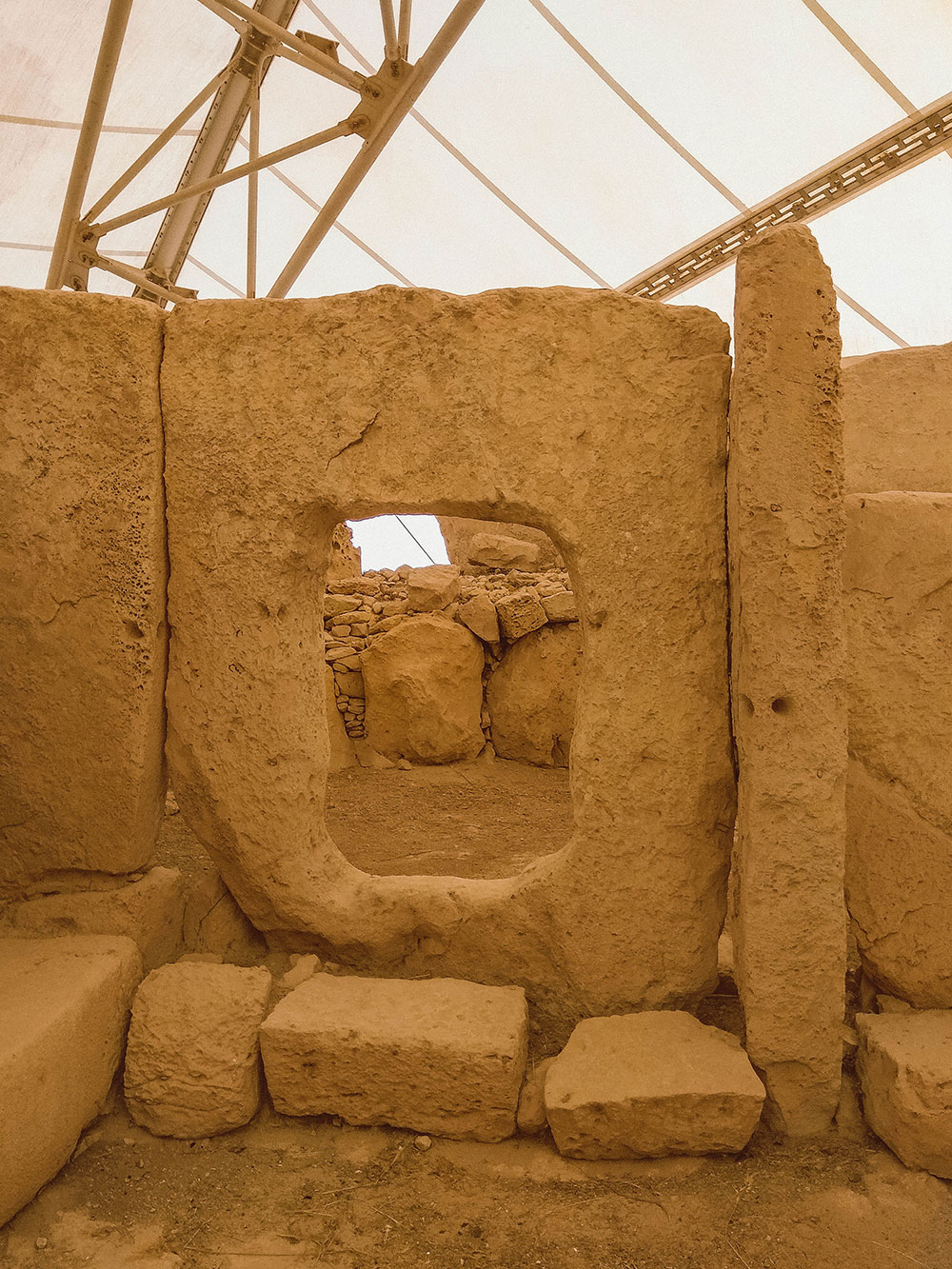
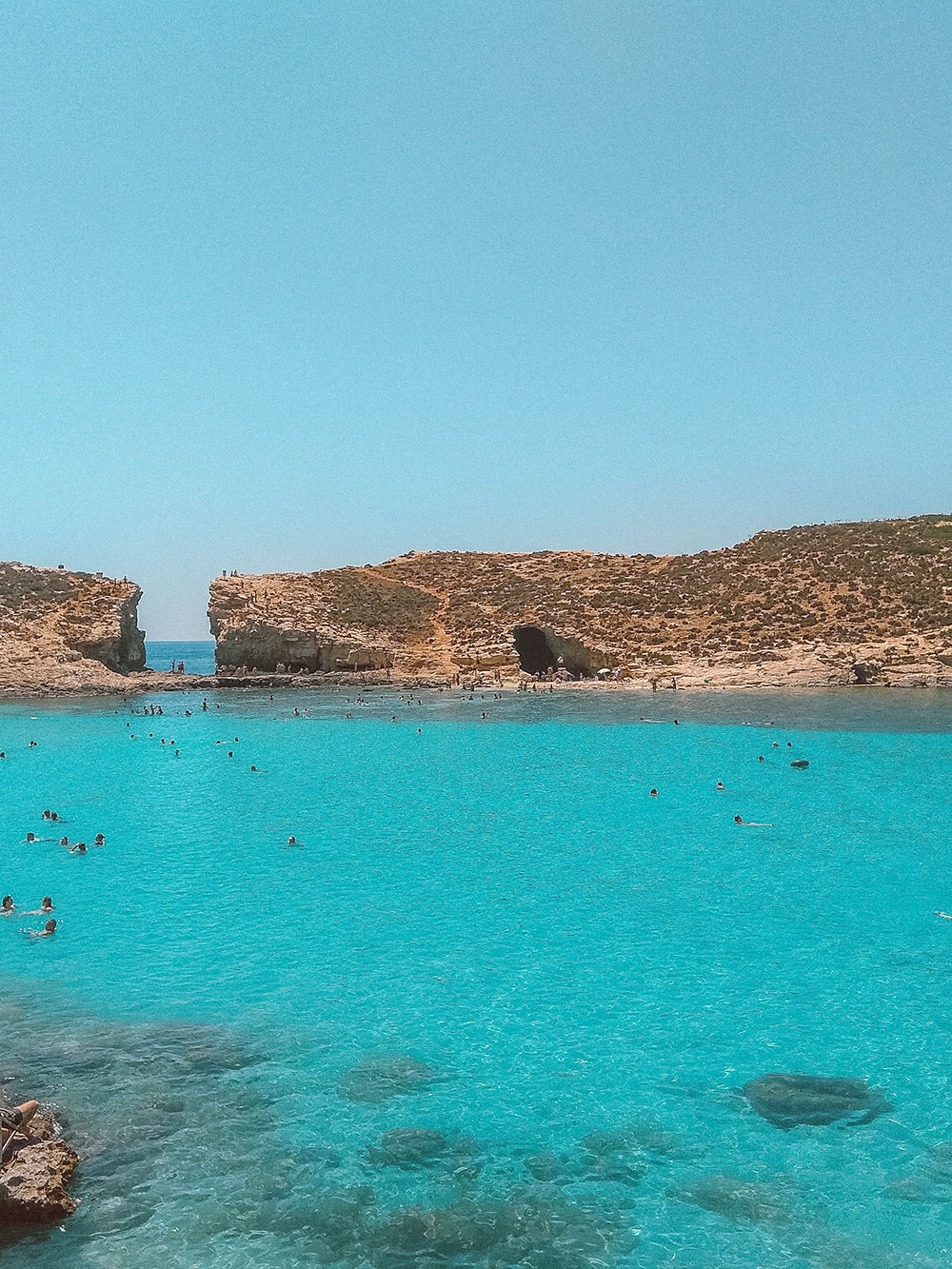
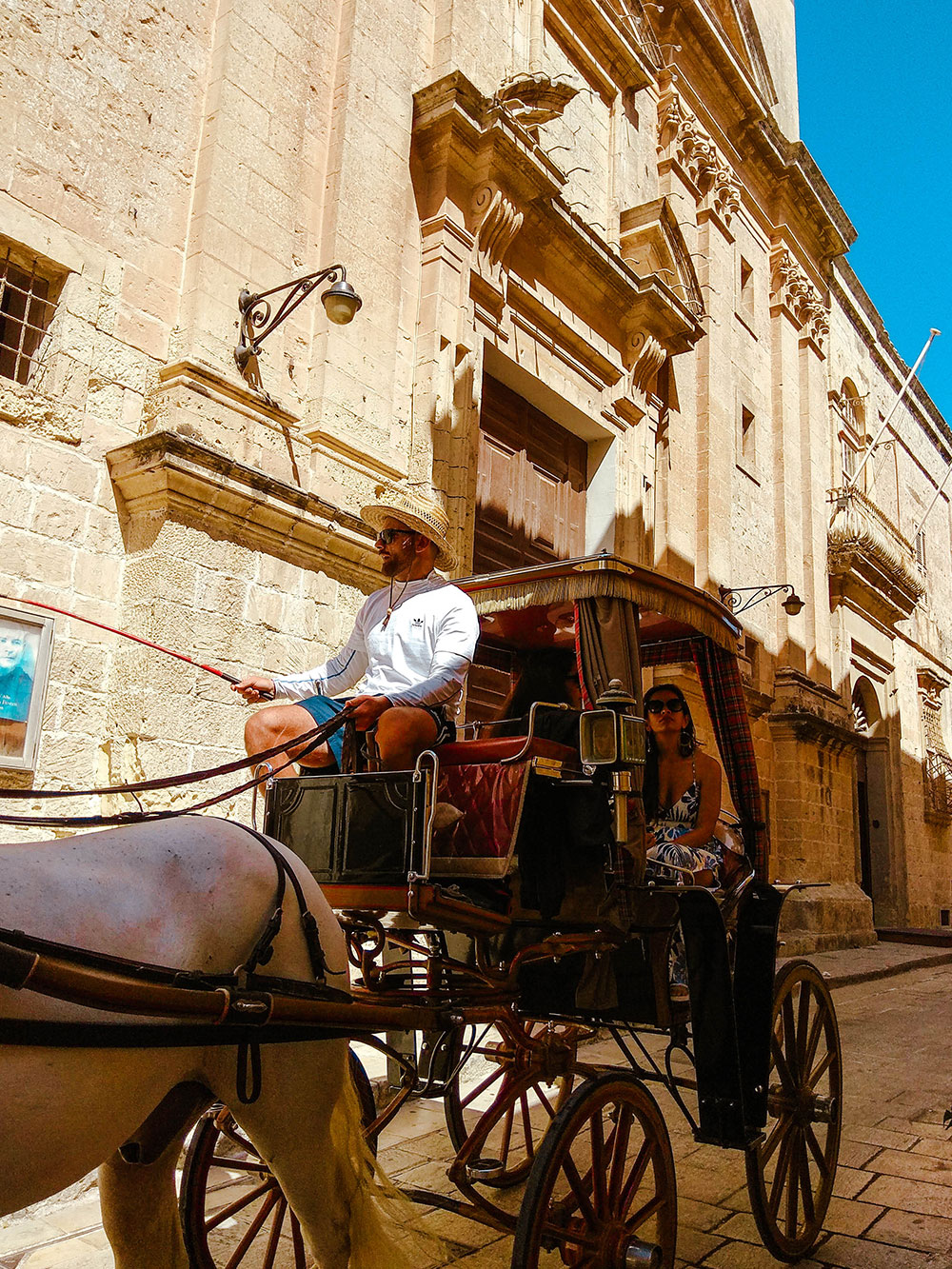
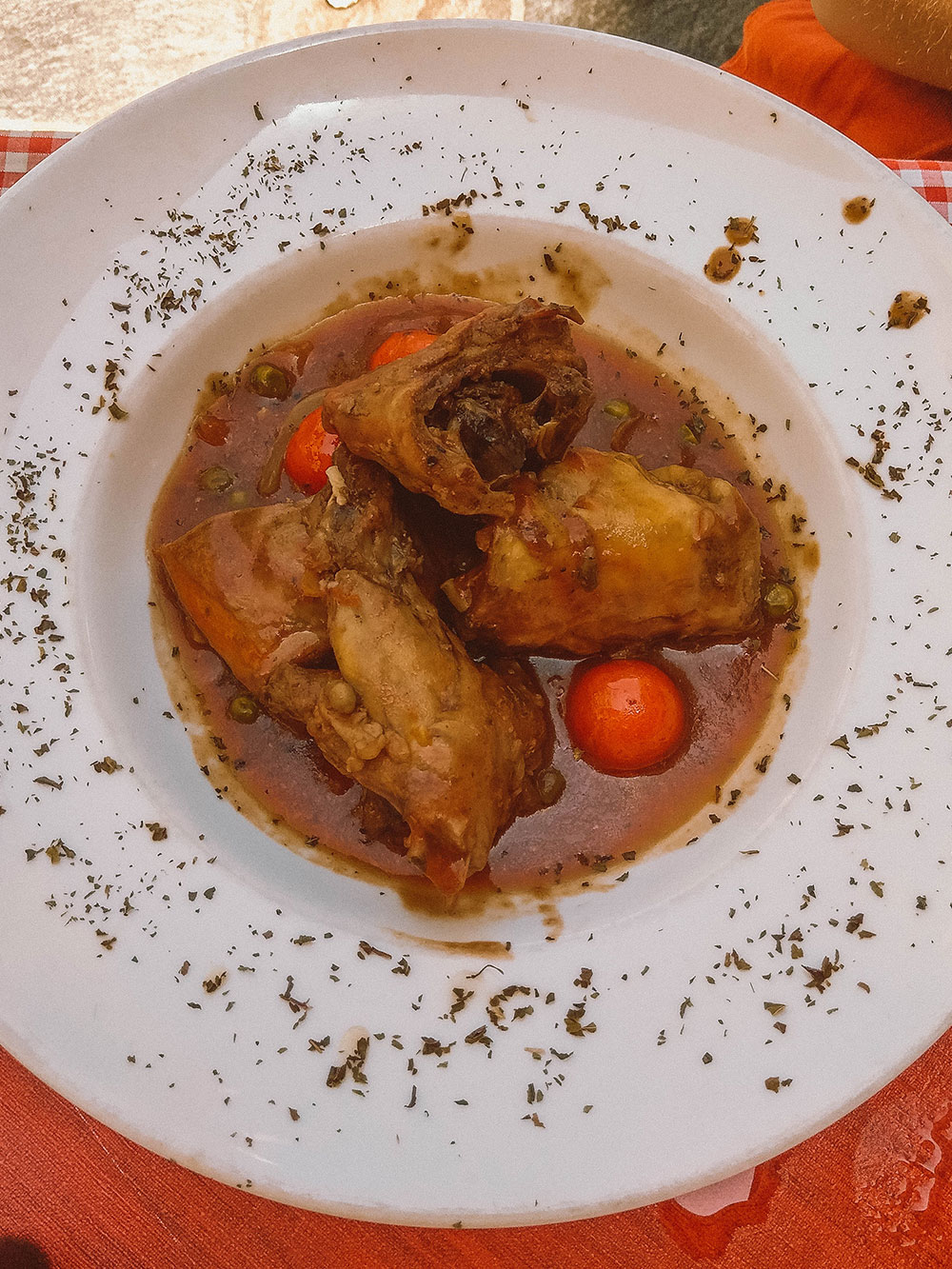
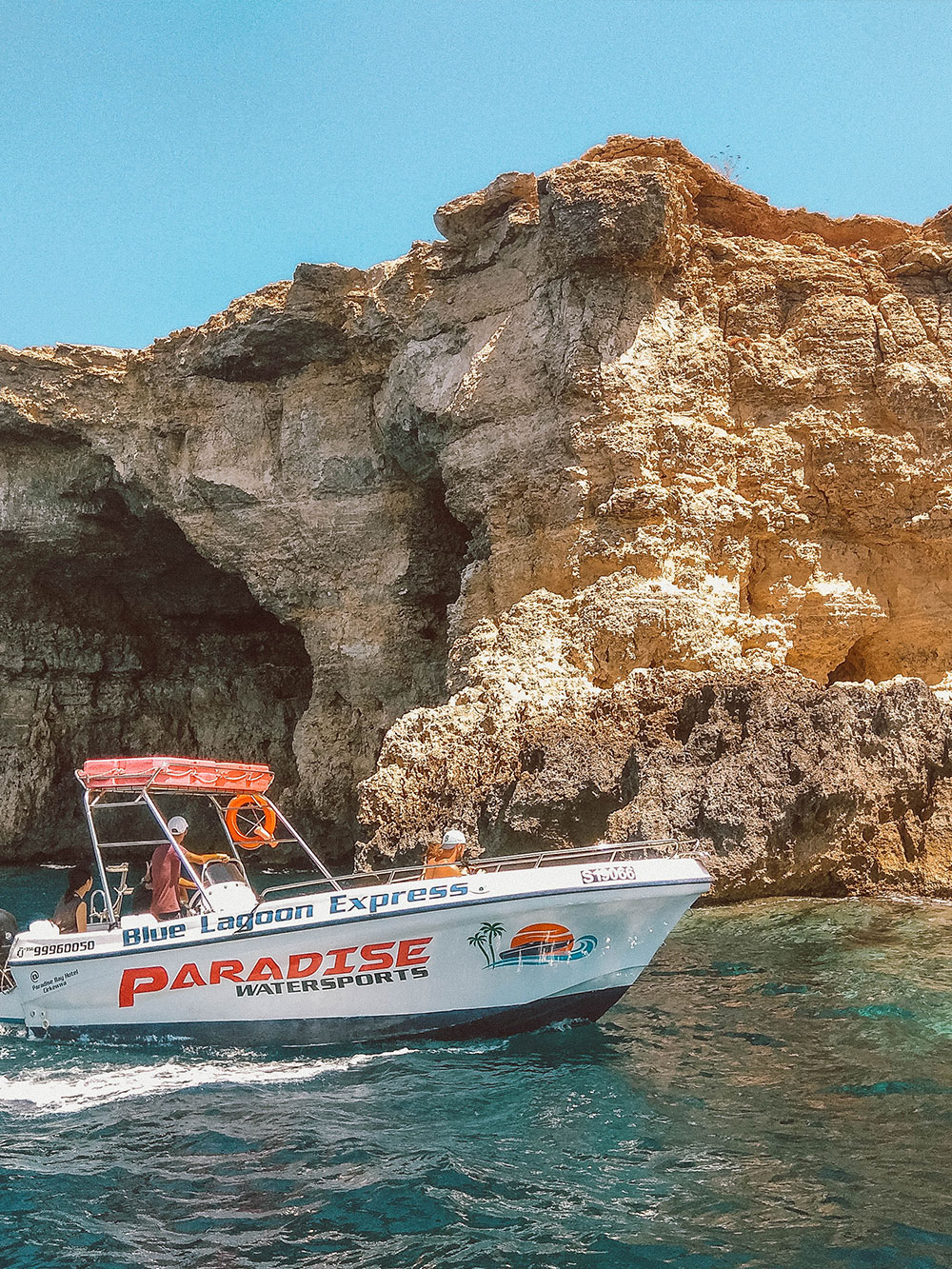

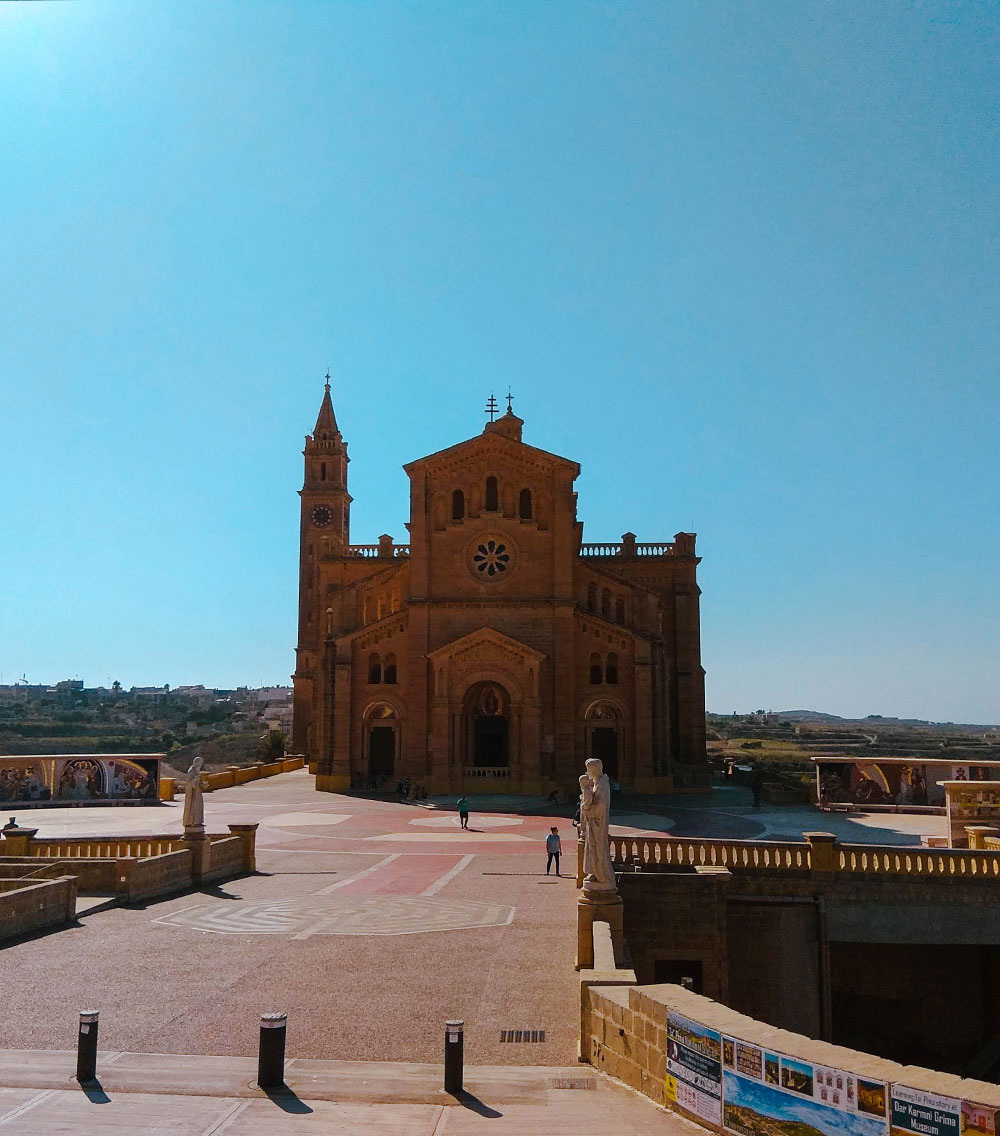
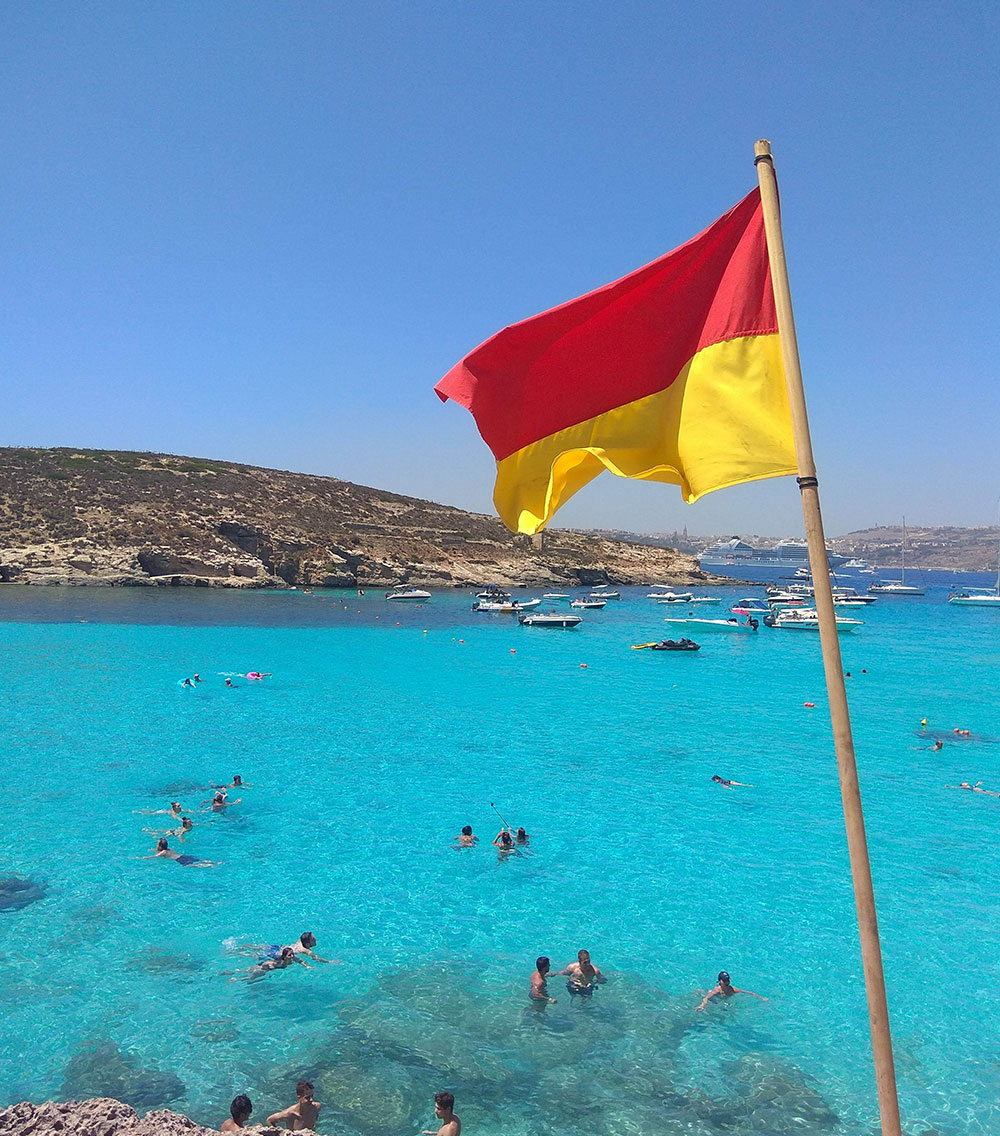
No Comments